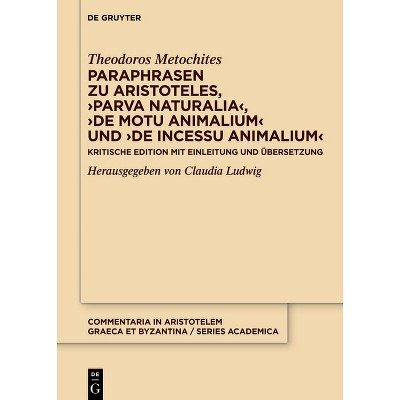Sponsored

Greening by Design - by Claire M Soares (Hardcover)
Pre-order
Sponsored
About this item
Highlights
- Sustainable designs in public buildings "green by design," as they use related specialized fields like Architectural Design, Landscape Architecture, Bioremediation, and Lighting Design to reduce greenhouse gas (GHG) emissions.
- About the Author: Claire Soares, Irving, TX, USA.
- 460 Pages
- Science, Energy
Description
Book Synopsis
Sustainable designs in public buildings "green by design," as they use related specialized fields like Architectural Design, Landscape Architecture, Bioremediation, and Lighting Design to reduce greenhouse gas (GHG) emissions. The concrete and building industries emit up to 40% of global GHG, making substantial carbon footprint reduction with aggressive "greening" possible. Techniques include variations in power and heat cycles that make a building its own IPG (independent power generator) or a CHP (combined heat and power) source for an entire building development. Landscape architecture can "bio-remediate" polluted land, recover plant and animal species thought extinct, thus reducing net GHG, improving ecosystem recovery and raising climate change mitigation.
The main topics are:
- Decarbonizing techniques
- Carbon footprint
- Bioremediation
- LEED
- The public building sector
- Area-specific greening strategies
- Buildings as public educators
- "Big Wood"
- Lighting design
- Landscape architecture
About the Author
Claire Soares, Irving, TX, USA.Shipping details
Return details
Frequently bought together
Trending Non-Fiction

















